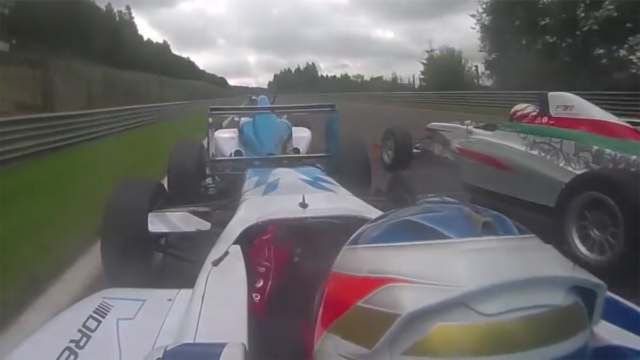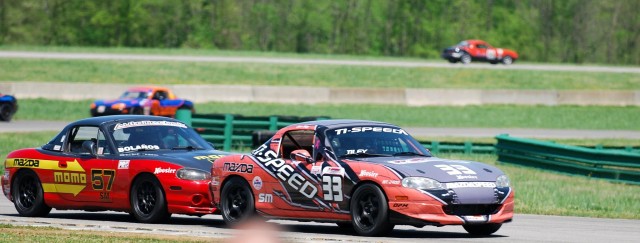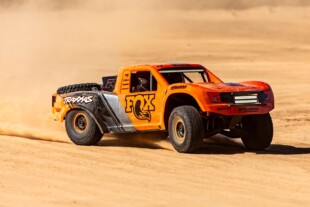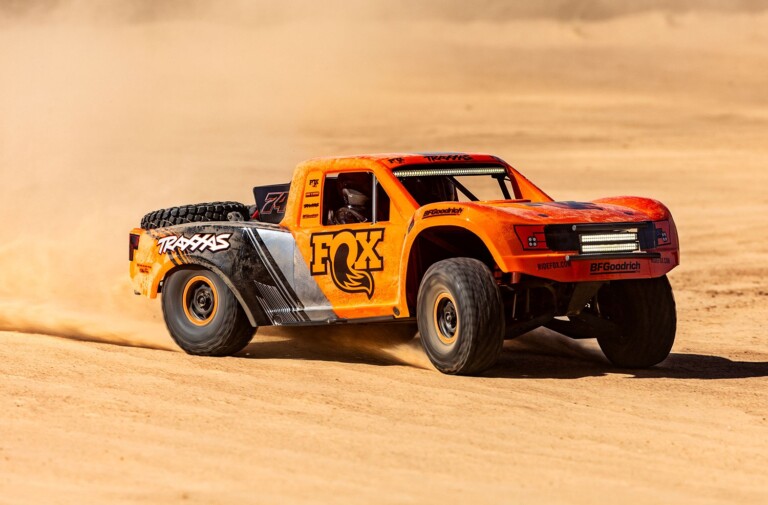It’s a phenomenon that, for some reason, even those without a drop of oil in their veins know something about. Slipstreaming is the essence of oval racing, certainly, but it also plays a significant role in road racing and really just about any form of motorsport where two drivers share the same piece of real estate. It’s something that benefits from a little theoretical explanation, however, since it’s not as easy to take advantage of as some might think.
Finding the Right Compromise
Motorsport is always a compromise of one form or another, and finding the right aerodynamic balance is a matter of finding the right amount of downforce in the corners without sacrificing straight line speed. This means that the shape and average speed of a track determine the wing profile, and is why Indycars run a totally different wing setup on ovals. However, big wings aren’t necessary for drag and high or low-pressure areas to affect a car – just look at NASCAR.
As the angle of the wing is increased, the car is pressed harder into the tarmac and the grip increases. However, that increased angle also makes it harder for the engine to push the car through the air, and straight-line speed suffers.
As two cars pursue one another at high speeds, as they do on an oval, the following driver must be very cautious when and how they position themselves relative to their opponent. As they get within range of the leading car, the following car must take care to use the wake only when it’s appropriate – on the straight.
Understanding Pressure Zones
Choosing to follow a car at close range through a corner could be disastrous, since it invites the chance of losing downforce and spinning. The wake that follows a car is comprised of turbulent air. This means a low-pressure area that reduces drag, and allows a following driver to gain a certain run. However, it also means that a pursuing driver needs to be careful because they can lose downforce over their front end if they follow too closely in a corner – but this is all well-known.
What’s less obvious is the way in which a pursuing car can influence the leading car. As observed in a bicycle racing, the leader of the peloton actually benefits from the cyclist behind, since the high-pressure area caused by following bike pushes the lead cyclist along. This effect can upset the leading car by lifting the rear slightly at speed, hence the NASCAR term “push loose,” where a car can be spun merely by the high-pressure zone of a following car spinning them.

With open-wheeled cars, bump drafting needs to be done with extra caution since those wing endplates can easily slice a tire.
When it comes to proper bump drafting, it’s best observed in NASCAR where the cars have large frontal areas and are often running in close quarters. When two cars run in unison – and they don’t have to push the car ahead with the body of the car – they can circumnavigate the aerodynamic principles that affect a car running solo, and run much faster than one car could on its own.
With one car pushing from behind and the lead car reducing drag, they can gain a few mph down a straight, which can be used to their advantage. It’s a challenging thing to pull off, but two friendly teammates or competitors who want to break away from the group can use it to their advantage. When it’s only them contesting for one piece of asphalt, however, their friendly relationship might be called off, but that shouldn’t be too surprising – racing drivers can make politicians look generous and sincere when a trophy is on the line.




















